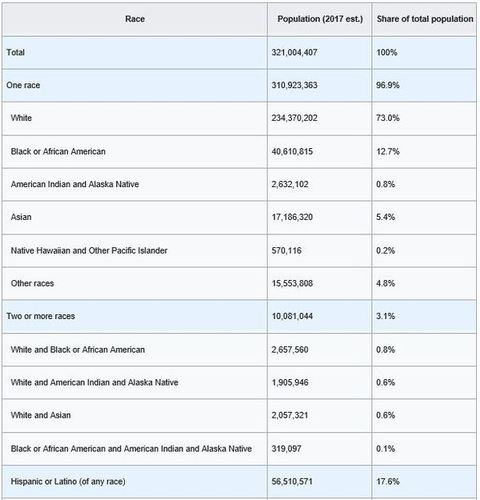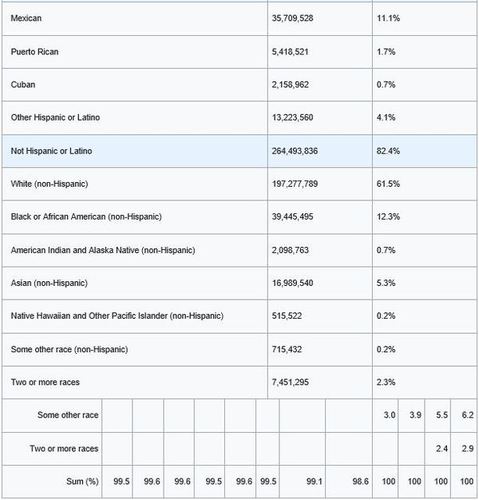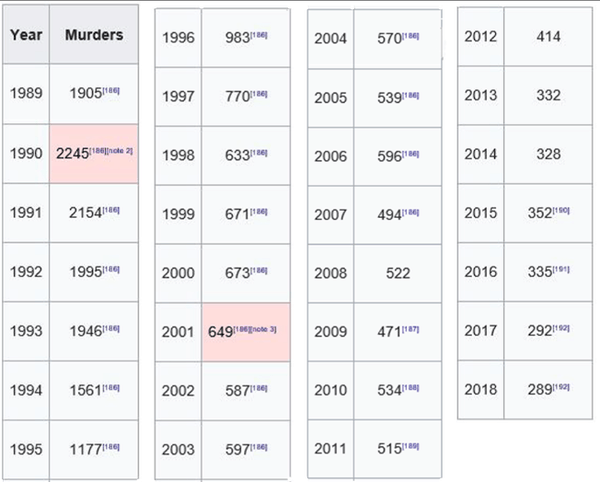CNN Columnist’s Smear of Bloomberg Has a Math Problem
Richard Baehr, American Thinker, February 13, 2020
Jill Filipovic is an opinion columnist for several left wing media outlets, including CNN. Her latest column accuses Michael Bloomberg of racism, thereby disqualifying him as a presidential candidate
Her column relies on an audio recording of a 2015 speech by Bloomberg in Colorado which was released by a Bernie Sanders supporter. Filipovic is an Elizabeth Warren supporter (my condolences), but shares a loathing of Bloomberg, except for what he may be good for later in the year — pouring billions into electing Democrats other than himself.
Bloomberg’s comments in his speech are a tough defense of his stop and frisk policy, used by New York City police when he was Mayor from 2001-2013.
“You’ve got to get the guns out of the hands of the people that are getting killed,” Bloomberg can be heard saying. “You want to spend the money on a lot of cops in the streets, put the cops where the crime is, which means in minority neighborhoods.”
“So, one of the unintended consequences is people say, ‘Oh my God, you are arresting kids for marijuana that are all minorities.’ Yes, that is true. Why? Because we put all the cops in the minority neighborhoods. Yes, that is true. Why did we do it? Because that’s where all the crime is,” Bloomberg says. “And the way you get the guns out of the kid’s hands is to throw them up against the walls and frisk them.”
“Ninety-five percent of murders, murderers and murder victims” are male minorities between 16 to 25, Bloomberg says.
Filipovic argues that what Bloomberg says is not true, not in New York City, nor nationally. Her evidence are a few statistics she throws out:
“This is actually not true — not in New York City, and not nationwide. In 2015, reportedly the same year as this recording of Bloomberg, black men committed 36% of murders, and were 52% of murder victims, according to FBI data cited by the National Criminal Justice Reference Service. White men were 30% of murderers and 43% of murder victims. According to FBI statistics from 2015, just under 16% of male murder victims were Latino or Hispanic and less than 10% of offenders were Latino or Hispanic.”
Filipovic’s numbers tell you nothing since they ignore the most significant numbers — the share of the population made up by various groups, whites, blacks, Hispanics, Asians in New York City or nationally.
The reality is that nationally, blacks commit over half of all murders, though they represent fewer than 13% of the US population. In other words, the non-black portion of the population (87%) commit fewer murders than the black population, 13% of the population. Almost a third of all murders list no perpetrator, since none were caught, or there were no witnesses, or victims expired before providing any information on their assailant.
The population breakdown according to the American Community Survey in 2017 is as listed below. Note that a significant number of Hispanics identify as white, and statistics are provided for whites including Hispanics who identify as white, and non-Hispanic whites (the 61.5% share).
According to the 2013–2017 American Community Survey, the racial composition of the United States in 2017 was:


Data are shown for the White, Black or African American, American Indian and Alaska Native, Asian and Native Hawaiian and Other Pacific Islander, and Some other race alone populations.
Filipovic is also wrong when it comes to New York City. It appears that among identified murderers or those accused of non-negligent manslaughter in the city in 2015, 90% were black or Hispanic.
“The Murder and Non-Negligent Manslaughter arrest population is similarly distributed. Black arrestees (59.1%) and Hispanic arrestees (31.2%) account for the majority of Murder and Non-Negligent Manslaughter arrestees while White arrestees (6.8%) and Asian/Pacific Islander (2.3%) arrestees account for the remaining portions of the Murder and Non-Negligent Manslaughter arrest population.”
This is a bit lower than Bloomberg’s 95% estimate. The former Mayor also associated his 95% estimate with males aged 16-21, and that too was an exaggeration. In any case, New York City’s ethnic mix in 2010 included 33.3% non-Hispanic whites, 25.5% blacks, 23.6% Hispanics, 12.6% Asian, and 4.9% other or mixed race. So whites were more numerous than blacks in the city population, but committed a tiny fraction (just over 1/10th) of the number of murders committed by blacks.
None of this is to argue the merits of the stop and frisk policy itself. Certainly, there were a large majority of stops of innocent people. One can make an argument either way as to whether the inconvenience of all the stops that resulted in sending the drivers or people on their way was justified given the number who were arrested, especially with the enormous crime reduction in New York City that began with Rudy Giuliani, and continued under Bloomberg (murders dropped by 1,300 per year under Giuliani, and another 300 per year under Bloomberg). No other city in the world has ever experienced an 88% reduction in murders, and in New York the population grew while this was going on, meaning the murder rate dropped by 90%. This did not happen by accident nor due to good fortune.

Filipovic also argues that a heavy police presence in neighborhoods results in bad police community relations. In New York City, the strategy of flooding high crime zones with extra police resulted in large reductions in crime in those neighborhoods. The community members who were not assaulted, robbed, raped, or murdered might disagree with Filipovic about the policing strategy that changed the city from a high crime, shrinking metropolis to a growing unusually safe large city.















